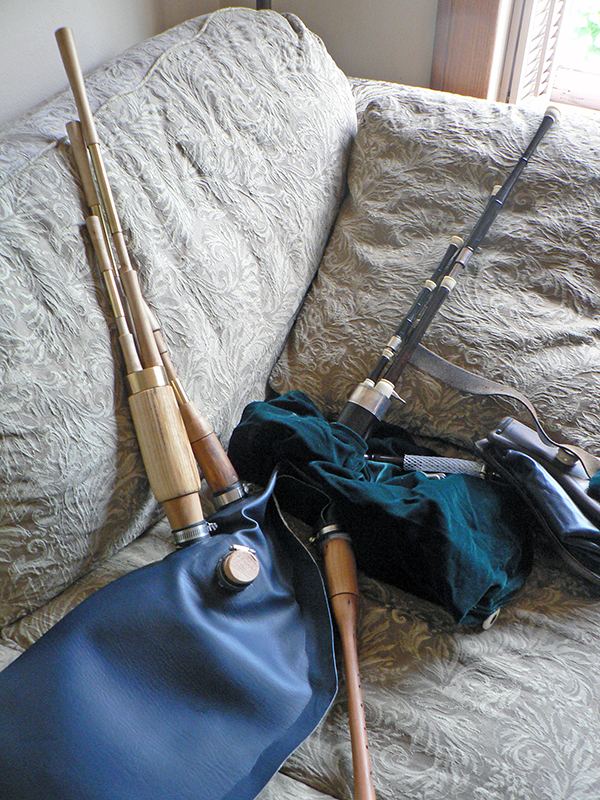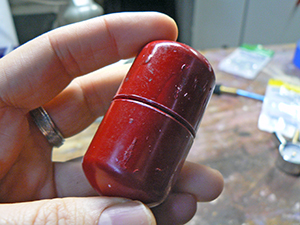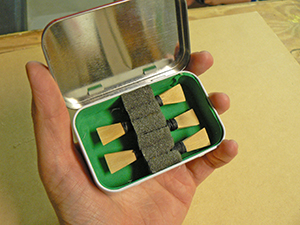
The bagpiping world seems to be divided up into two groups: 1) The denizens of bagpipe internet forums who are sure manometers, i.e., tubes filled with water, will…

Having well hemped joints on your bagpipe is a critical part of a well set-up and efficient instrument. The hemp used should use a good amount of black…

Never chuck a good reed. Wait. Did I say that already once before? Well, it’s true, and if you’ve been at this bagpipes thing for any length of…

Fellow bagpipe addict and pipehacker-in-training Johnny L. stopped by for a visit recently and he is the first recipient of the “Pipehacker DIYB award.” OK, I made that…

Bagpipe bag seasoning is messy stuff. The wide mouth opening of your modern container of Airtight makes it an easy matter to make a clean pour into your…

Even though you now has a portable reed case (as well as minty fresh breath) you still have need to store, transport, or otherwise protect your chanter and…

An enterprising bagpiper can accumulate a large number of chanter reeds over time. But once you find those choice bits of cane, what do you do with them?…

For those new to the hide bag tie-in, it has always been necessary to measure out and place the spots where your stocks will insert. A quarter-sized hole is then cut into the leather and the stock pushed through. The trick is always to get as round a hole as possible. The more perfectly circular the hole, the less likely it will be to tear when you push your stock through. The only way to do this well is to have an ideally sized “punch” to stamp out that hole.